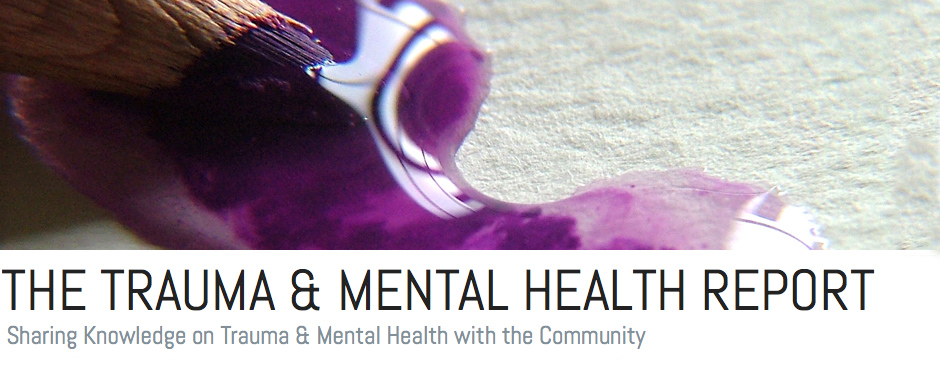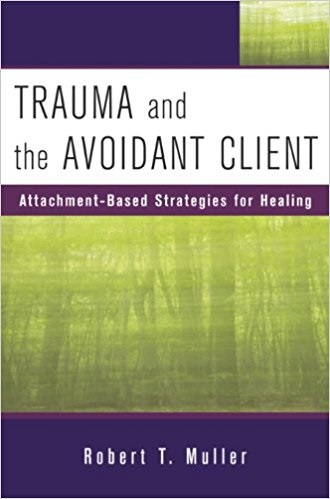
Patients Diagnosed with Both Bipolar Disorder and Borderline Personality Disorder Struggle with the Mental Healthcare System
“There is a unique kind of pain in losing your mind, not just once, but over and over. Losing your perception of reality, of your emotions, of your closest relationships– both across months and multiple times a day. Knowing deep down that something is wrong but being unable to stop it.”
Leena (name changed for anonymity), diagnosed with both bipolar disorder (BD) and borderline personality disorder (BPD), describes above how this challenging combination of mental health conditions repeatedly brought her to the brink of death, despite her relentless efforts to regain control.
A hallmark symptom of both BD and BPD is mood instability, yet they are markedly different disorders. BD involves mood swings that last for weeks or months, shifting between depressive, hypomanic, or manic episodes, and is often genetic, requiring pharmaceutical treatment. In contrast, BPD involves rapid mood shifts that can occur within hours, accompanied by intense emotional pain, fear of abandonment, impulsivity, and an unstable sense of self. BPD’s development often stems from childhood trauma and abuse.
Despite their differences, the co-occurrence of BD and BPD is not uncommon, a phenomenon informally referred to as ‘borderpolar’ in psychiatric circles. Research by Mark Zimmerman and colleagues in 2021 found that 1 in 5 patients with BD also meet the criteria for BPD, demonstrating that this comorbidity is not a rare overlap or occasional misdiagnosis, but rather a significant pattern that fundamentally affects diagnosis, treatment, and overall outcomes.

Mark Zimmerman, Director of Outpatient Psychiatry at Rhode Island Hospital and Associate Professor at Brown University, discussed his past research findings, noting that individuals with both disorders often face greater challenges in daily life and relationships, as well as an elevated risk of suicide, posttraumatic stress disorder (PTSD), and a history of childhood trauma.
Research from 2022 found that 39.5% of individuals with comorbid BD and BPD also meet criteria for PTSD, compared to just 17.1% of those with BD alone. Despite the prevalence and severity of this comorbidity, formal treatment guidelines for those with both BD and BPD are still lacking. As a result, care is often inconsistent, fragmented, and at times, even harmful. The absence of clear diagnostic frameworks, systemic shortcomings in mental healthcare, and deep-seated biases against BPD make obtaining an accurate diagnosis particularly challenging.
Although BD and BPD can present as similar conditions, they require different foundational treatment approaches. BD is typically treated with medication, while BPD is primarily treated with psychotherapy. Individuals with both conditions need an integrated treatment plan, but the mental healthcare system often fails to provide this. Instead, many are either misdiagnosed, partially diagnosed, or treated for only one condition.
Zimmerman points out that comorbid conditions like BD and BPD are frequently overlooked in standard clinical practice. More comprehensive, structured diagnostic interviews tend to yield more accurate diagnoses, but many clinicians rely on brief, routine assessments that fail to capture important details.
He explains that the issue isn’t solely a lack of expertise, but also time and resource constraints. Many clinicians are overbooked, underpaid for lengthy evaluations, or don’t have the time to conduct the in-depth assessments necessary to identify complex comorbidities. This gap in diagnostic accuracy underscores the need for more thorough assessment practices to ensure patients receive appropriate and effective treatment.

Compounding the challenges in diagnosis and treatment is the inherent bias some clinicians hold toward individuals with a BPD diagnosis. Zimmerman explains that many clinicians hesitate to diagnose or disclose borderline personality disorder diagnoses due to stigma and concerns that the label could distress patients. However, long-term studies have shown that the outcomes for BPD are often much more positive than previously believed, with many patients experiencing significant symptom remission or even full recovery over time.
Still, many mental health professionals remain unaware of this progress and continue to view BPD as a lifelong impairment. Zimmerman states, “There’s a hesitancy to label someone with a disorder when they believe it means telling the person they’ll never get better.”
Mary McLean, a psychiatrist who specializes in treating patients with comorbid BD and BPD, notes that many mental health professionals avoid treating these individuals altogether. “You have to get used to patients being angry with you and not take it to heart.” She emphasizes that BD and BPD patients aren’t necessarily “difficult,” but are seeking relief. Most of her patients are aware something is wrong but struggle to find professionals who are both willing and equipped to help.
Leena recalls how this stigma played out in her own experiences: “I was hospitalized for suicidality a few times. The first time, the psychiatrist dismissed me as ‘vindictive’ and said all I needed was to ‘behave better,’ The second time, another psychiatrist suggested I should reconnect with my abusive biological father. Neither time did any of them ask me basic diagnostic questions about whether BD ran in my family. They just focused on what they considered my ‘misbehaviour.’”
Individuals with comorbid BD and BPD often face a mental health care system that is not fully equipped to address their needs. They may encounter misdiagnoses, ineffective treatments, and a lack of understanding from clinicians, which can lead to prolonged periods of inadequate care. This can lead to frustration, increased emotional distress, and, in some cases, risks to their well-being.
To address these challenges, reforms within the mental health care system is needed, such as increased clinician training in the overlapping features of these disorders.
-Divya Bhupal, Contributing Writer
Image Credits:
Feature Image: Photo by Volkan Olmez on Unsplash; Creative Commons
Body Image 1: Photo by Towfiqu barbhuiya on Unsplash ; Creative Commons
Body Image 2: Photo by Priscilla Du Preez 🇨🇦 on Unsplash; Creative Commons



